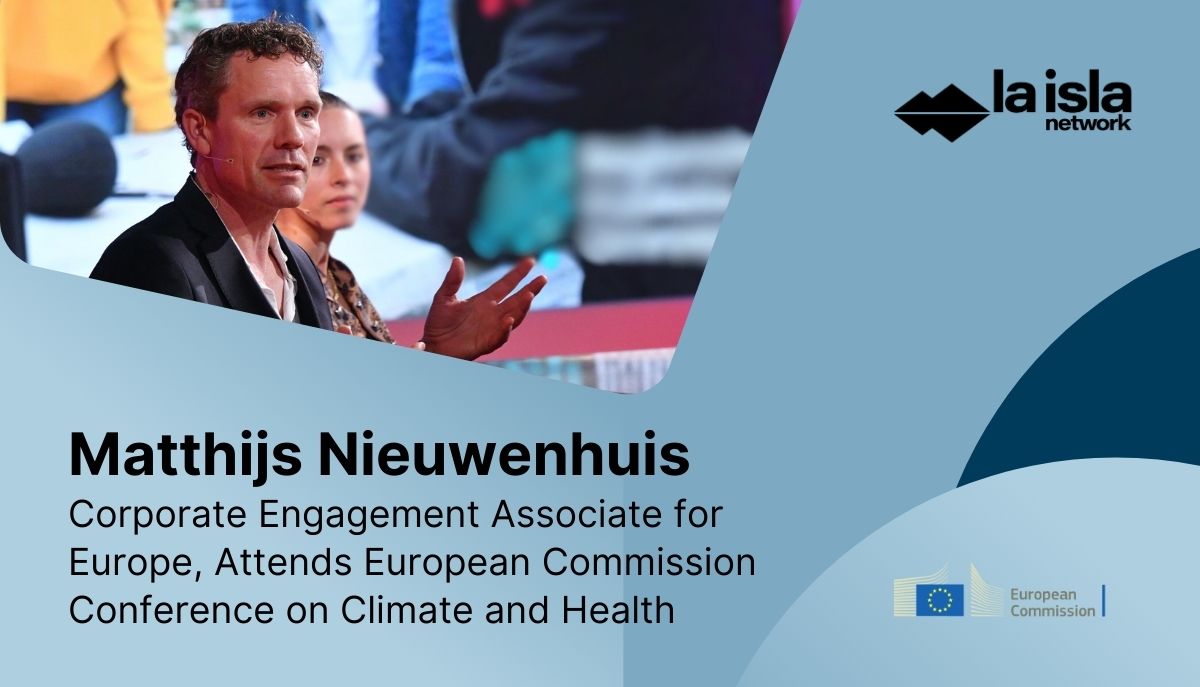Tom Laffay- La Isla Foundation
Photos by Cristhian Velásquez and Tom Laffay
On March 18, 2013 over one hundred men and women affected by an epidemic of chronic kidney disease of unknown cause (CKDnT) were holding a peaceful protest in Chichigalpa Nicaragua. By blockading traffic on the Leon-Chinandega branch of the Pan-American Highway they hoped they could draw attention to those suffering with the disease and the thousands who have died in the past decade. As part of La Isla Foundation I was documenting the day’s events. As police organized, tensions grew and without warning they began knocking people over with riot shields and hitting people with batons. Four police officers ran towards me demanding I give them my camera. I protected my camera as they grabbed me and hit me in my ribs and arms. They broke the viewfinder, damaged the microphone and ripped my strap in half trying to pull it from me. About eight people came to my aid and we were able to wrestle the camera away from the police. Meanwhile, police had begun firing tear gas canisters into the crowd, both at head level as well as into the air, the canisters rained down on local citizens including women and children who were retreating from the scene. In response, about 30 men engaged the police with rocks and slingshots. What had been an entire day of peaceful protest had turned violent in an instant, a reflection of the tensions that exist in sugarcane communities affected by the epidemic.

Early that morning, I had joined up with a convoy of three buses headed for Managua carrying 180 people, including former sugarcane workers with CKDnT, widows of former workers and some children from Chichigalpa, a sugar producing municipality in Western Nicaragua. They were headed to the capital to protest government and corporate inaction regarding this epidemic of fatal CKDnT that has ravaged the Central American lowlands and is most prevalent among sugarcane workers. The highest known prevalence of the disease is in Nicaragua. In some communities 68% of workers are sick, nearly one out of three of them is in end-stage renal failure, and the average lifespan has fallen to 52 years old from the national average age of 64. In Chichigalpa from 2002-2012, approximately 75% of male deaths between the ages of 35 and 55 have been due to CKD. With not even 10% of those affected receiving treatment, this chronic disease is actually a terminal one. The resulting situation is both a public health crisis and a social injustice.


I rode with the convoy to document the day’s events for La Isla Foundation. We arrived to Managua around 9:00am and the people organized themselves into a mock funeral procession, which proceeded from a gas station to the Grupo Pellas building up the road. Nicaragua-based Grupo Pellas owns the largest sugar company in the country, Nicaragua Sugar Estates Limited (NSEL), and is one of the most powerful privately held companies in Central America. While the epidemic affects workers at other sugar companies in the region, documentation and community testimony have demonstrated that this company has routinely obscured the facts around the epidemic while engaging in abusive work practices. Community members have stated that they have been the victims of aggressive intimidation strategies to prevent workers and community members from sharing their experiences with media or participating in independent research.
Workers also say that new legislation and company policy has made it extremely difficult for affected workers to qualify for social security. For these perceived injustices Grupo Pellas and the National Social Security Institute were the focus of the protest. The protesters planted themselves there to demand that the owners of NSEL listen to them as members and representatives of the affected communities in Western Nicaragua. There was a police presence and the protest remained peaceful. After two hours with no response from Grupo Pellas the people made their way to the office of the Institute of National Social Security. There they sought due compensation for those who were fired after becoming sick and who never received social security benefits, a common story in Chichigalpa and surrounding towns. Daniel Valdivia, the group’s leader and a CKDnT affected former sugarcane worker, submitted a list of names that are owed compensation. However, no representative came out to address the crowd. At around 1:00pm the group boarded their buses and headed back to Chichigalpa.

On the ride back people began discussing the option of blocking the Pan American highway at the entrance to Chichigalpa in an act of civil disobedience, stopping traffic between Leon and Chinandega as well as entering and leaving Chichigalpa. A consensus was reached and shortly thereafter the buses stopped at the entrance to Chichigalpa, the people quickly flooded into the road and immediately blocked traffic with their banners, signs and a coffin they had carried with them throughout the day. The police immediately arrived and tried to disperse them. Refusing to do so, citing total negligence by the government and the sugar producing company, the people held firm but decided to let 20 vehicles pass through every 20 minutes in order to not completely constrict traffic flow.


The protest lasted roughly an hour and a half until Special Forces police from the neighboring city Chinandega were brought in to forcefully breakup the crowd. Their arrival changed the tempo and police immediately began ramming protesters with riot shields and hitting people with batons. The ensuing clash between police and locals lasted at least an hour on the road leading into Chichigalpa. It was during this time that police fired teargas canisters at protesters retreating down the road as locals retaliated with rocks. We received reports that confrontations continued in the adjacent neighborhoods between police and locals into the night.



Twenty-three people were released from jail the next day while two others were detained another day. La Isla Foundation members, including director Jason Glaser, local coordinator Cristhian Velasquez and lawyer José Gomez as well as myself have had baseless and dangerous accusations made against them, including: “La Isla Foundation is intending to destabilize the Nicaraguan government “ and that “La Isla Foundation members are financially involved with parties connected to narcotics trafficking”. La Isla Foundation does not associate with or engage in any illegal activities and had no part in the organization or financing of this protest. La Isla Foundation’s participation was limited to documenting the protest, the roadblock and the police violence that followed. La Isla Foundation is a public health and human rights organization operating within a framework of structural violence; events like these illustrate the gravity of the situation here in Western Nicaragua. La Isla Foundation will continue to document the CKDnT epidemic from all angles as the disease itself is the result of a structural framework that has resulted in the deaths and impoverishment of thousands of people in the Central American lowlands. La Isla Foundation will work with all parties willing to be part of the solution.

La Isla Foundation is a Non-Governmental Organization registered in both the United States and Nicaragua. We never have and never will organize or fund protests. Our mission is to 1) Help to establish the cause of the CKDnT epidemic and enable a public health intervention; 2) Create original media and coordinate with responsible media outlets so the world can know about this problem; and 3) Document labor and human rights abuses associated with the epidemic while working on policy change so that these rights can be guaranteed and protected for affected communities. If you wish to learn more please contact Jason Glaser.
Editor’s Note:
In the weeks following the riot, several positive developments have taken place, and LIF hopes that the situation will continue to improve. We have engaged law enforcement and local government leadership in what we expect to be a productive dialogue. It is hoped that by actively engaging these actors, LIF can contribute to a better communication and the development of a more transparent relationship between law enforcement, the affected community, and our organization. Law enforcement has assured us that they believe the accusations against our organization are unfounded.




